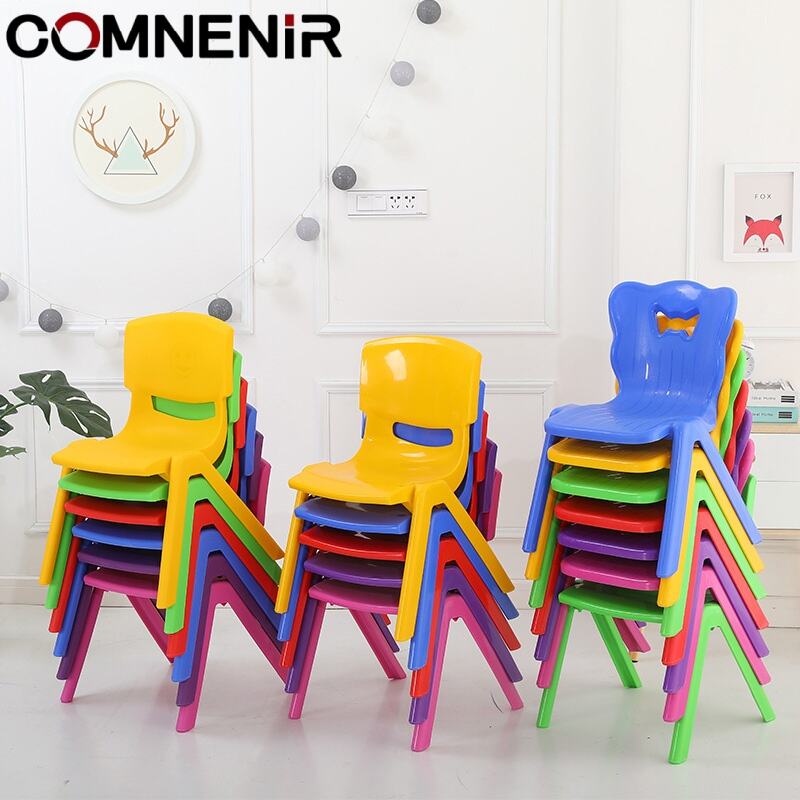flexible classroom seating
Flexible classroom seating represents a revolutionary approach to educational space design, transforming traditional rigid classroom layouts into dynamic learning environments. This innovative seating solution encompasses a variety of mobile, adjustable, and ergonomic furniture options that can be easily reconfigured to accommodate different teaching styles and learning activities. The system typically includes height-adjustable desks, rolling chairs, standing desks, floor cushions, and modular furniture pieces that can be combined in multiple configurations. Advanced features include anti-tipping mechanisms, whisper-quiet casters for seamless movement, and durable materials designed to withstand daily use. The technology integration allows for quick transitions between individual work, small group collaboration, and whole-class discussions. Each piece is engineered with careful attention to ergonomics, supporting proper posture while providing comfort for extended periods. The system often incorporates storage solutions within the seating elements, maximizing space efficiency while maintaining organization. These seating options can be implemented across various educational settings, from elementary classrooms to university lecture halls, adapting to different age groups and learning objectives. The flexibility extends to accommodation of students with different physical needs and learning styles, promoting an inclusive educational environment.


